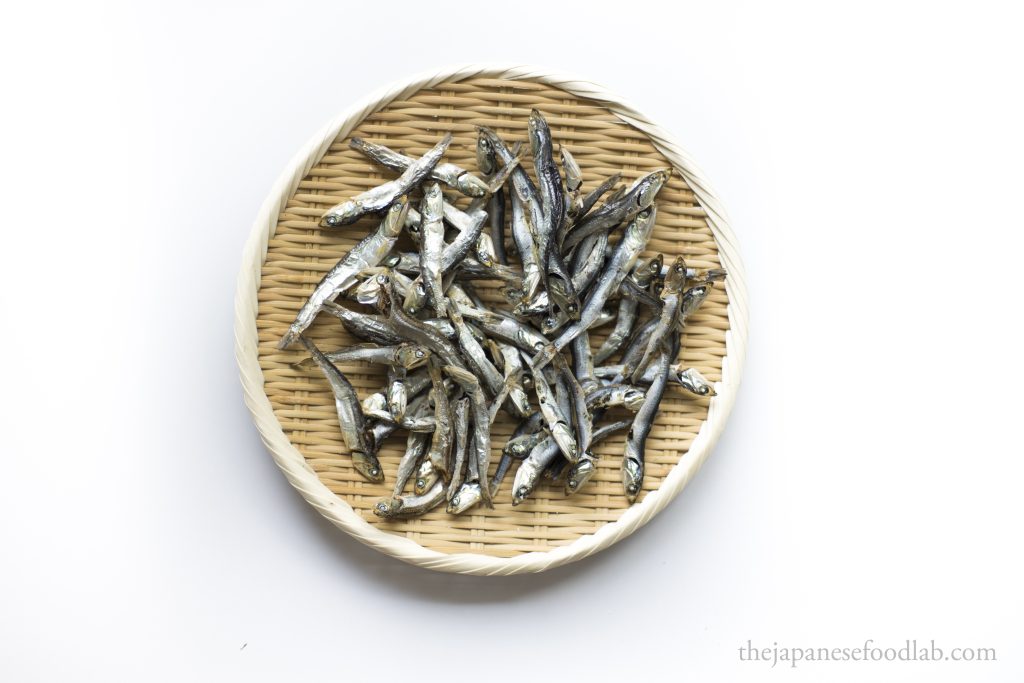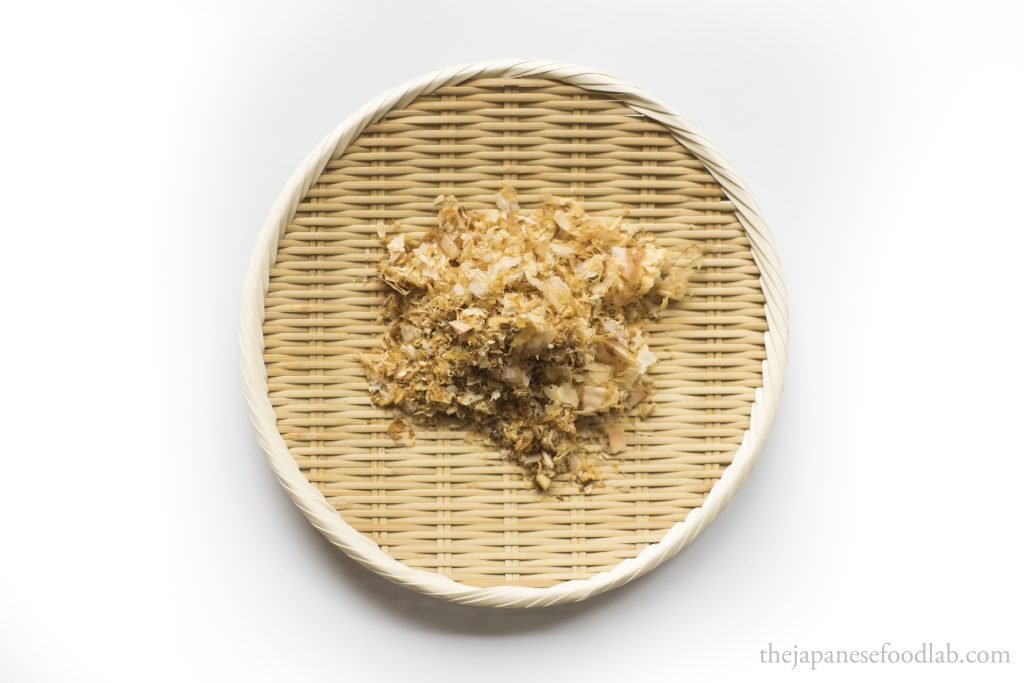This article is part of our series on other kinds of bushi. We recommend reading our article on how katsuobushi is made, how it is shaved, the different parts of katsuobushi and the different kinds of katsuobushi to better understand the terminology used here.

Exploring the specifics of iwashibushi (鰯節)was hands down the most confusing part of learning we had to do for this series, firstly because of the close similarities in taste and processing between bushi and niboshi. The only difference between the two is that iwashibushi is boiled then smoked giving it a smoky aroma, whilst niboshi is boiled then dried, preserving its fishy taste. Because of their small size, iwashibushi isn’t seen as worthwhile fermenting them further into karebushi with mold.
Secondly, the word iwashi (いわし) translates into an all encompassing word for sardines. If you’ve read our series on niboshi, you’ll know that many different types of sardines are made into niboshi. For iwashibushi the same is true, as it can be made from true sardines (ma iwashi/まいわし) and katakuchi sardines (片口いわし). Additionally, the urumebushi made from urume sardines is usually considered a subset of iwashibushi.
This isn’t helped by the fact that niboshi and iwashibushi are commonly used as interchangeable ingredients, meaning that a lot of the shaved iwashibushi (いわし削り節) on the market is actually made from dried niboshi instead of real iwashibushi unless you purchase them from a dedicated katsuobushi specialty store. It also means that if you manage to purchase whole iwashibushi, you can make it into soup stock in the same way as niboshi, through either a cold soak or boiled for 4 to 5 minutes.
The uses and flavors of different iwashibushi
When niboshi or bushi made from katakuchi sardines are used to make dashi directly by boiling, they make a rich stock with a strong fishy taste and aroma, making them popular with noodle restaurants. However if shaved first and then boiled, they can sometimes release a slightly bitter taste. Therefore, shaved katakuchi sardines are usually used as a topping so they won’t be exposed to heat.
Meanwhile, shaved urumebushi are used preferably over katakuchi sardines to produce a deeply flavored stock without a bitter taste but are seldom used as toppings in shaved form (usually powdered or crushed). Learn more by reading our section on urumebushi above.
Lastly, it’s sometimes possible to find true sardines (ma iwashi/まいわし) dried into niboshi that are shaved as well, but it’s not popular due to their higher fat content. This is why they’re the preferred fish for sushi and sashimi.

How to choose high quality iwashibushi?
Because a lot of the shaved iwashibushi on the market is a mix between niboshi and iwashibushi made from a variety of fish, even with the information above, it can be hard to determine what exactly you’re buying. However, there are a few rules of thumbs that you can follow when purchasing them to ensure quality.
If the shaved flakes you find are a whitish color, these are highly likely to be made from shaved niboshi. In this case, the whiter the flakes the higher the quality as it is a good indication of freshness. As the fat in the flakes oxidize over time, they start to develop a yellow color, indicating that the flakes were shaved some time ago, or that the fish used did not have the ideal fat content to begin with.
However, if the flakes are reddish brown, this is a good indication that they were made from smoked iwashibushi. In this case, you’ll want to look for flakes with the most vibrant color. A dull, darkish brown is an indication of age that is accompanied by a decline in taste.